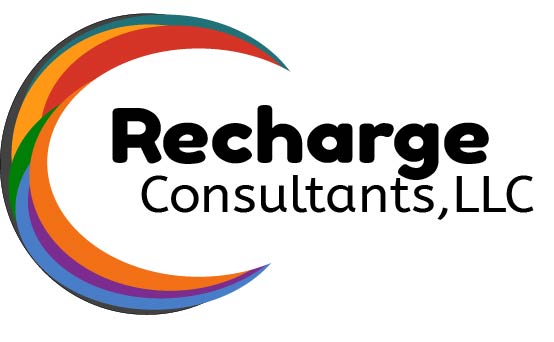A Human Resources (HR) Strength Performance Assessment is a systematic evaluation process used to identify and measure the strengths and performance capabilities of employees within an organization. This type of assessment is designed to provide insights into employees’ core competencies, skills, and areas where they excel, as well as to identify potential areas for development. Here’s a detailed breakdown of what such an assessment typically involves:
Key Components of an HR Strength Performance Assessment
Competency Evaluation:
- Skills Inventory: Identifying the specific skills and abilities that each employee possesses.
- Behavioral Assessment: Evaluating behaviors and traits that contribute to job performance, such as leadership, teamwork, communication, and problem-solving abilities.
Performance Metrics:
- Key Performance Indicators (KPIs): Measuring performance against predefined KPIs relevant to the employee’s role.
- Goal Achievement: Assessing the extent to which employees meet or exceed their individual and team goals.
Feedback Mechanisms:
- 360-Degree Feedback: Gathering feedback from supervisors, peers, subordinates, and sometimes clients to get a comprehensive view of the employee’s performance.
- Self-Assessment: Allowing employees to evaluate their own performance and identify their strengths and areas for improvement.
Developmental Assessments:
- Potential Identification: Identifying employees with high potential for future leadership or specialized roles.
- Training Needs Analysis: Determining the training and development needs based on the assessment outcomes.
Personal Development Plans (PDPs):
- Creating individualized plans to help employees leverage their strengths and address any areas for improvement.
- Setting actionable goals for career development and continuous improvement.
Benefits of HR Strength Performance Assessments
- Enhanced Employee Engagement: Employees who are aware of their strengths are often more engaged and motivated.
- Improved Productivity: By focusing on strengths, organizations can optimize employee performance and productivity.
- Tailored Development Programs: Customizing training and development initiatives based on individual strengths and needs.
- Better Succession Planning: Identifying high-potential employees for future leadership roles.
- Retention and Job Satisfaction: Employees are more likely to stay with organizations that recognize and develop their strengths.
Implementation Steps
- Define Objectives: Clearly outline what the organization hopes to achieve with the assessment.
- Select Assessment Tools: Choose appropriate tools and methods for evaluating strengths and performance (e.g., psychometric tests, performance appraisals, 360-degree feedback).
- Conduct Assessments: Administer the assessments and collect data.
- Analyze Results: Analyze the data to identify patterns, strengths, and areas for improvement.
- Feedback and Planning: Provide feedback to employees and create personal development plans.
- Follow-Up: Monitor progress and adjust development plans as necessary.
By focusing on strengths and aligning them with organizational goals, HR Strength Performance Assessments help create a more effective and dynamic workforce.

